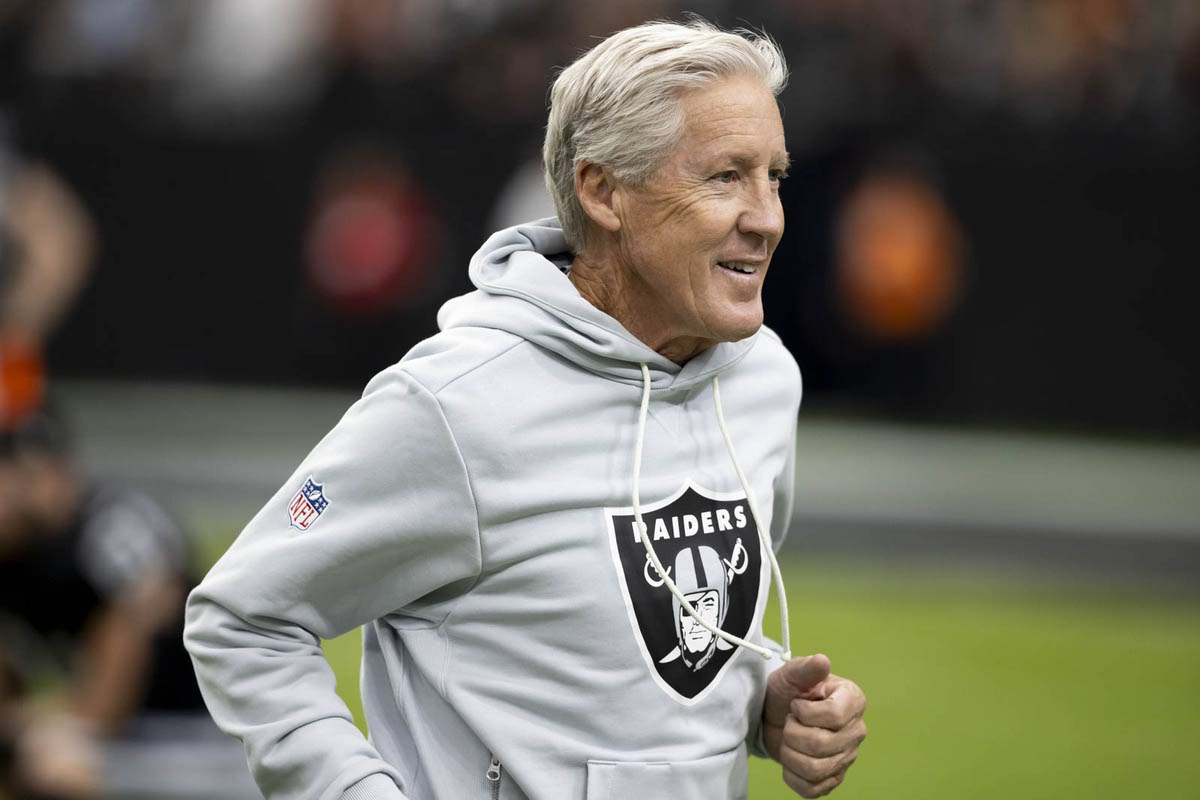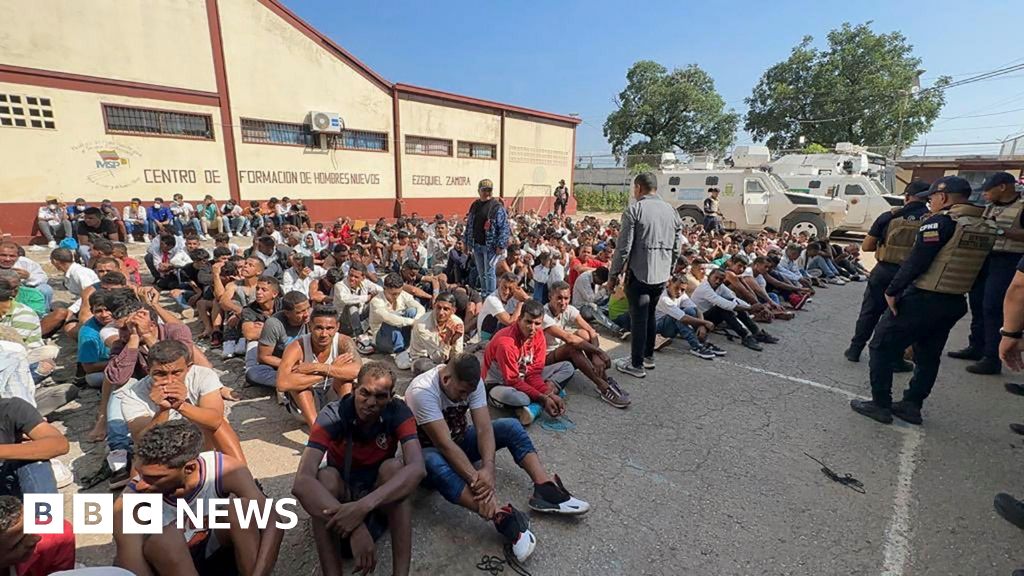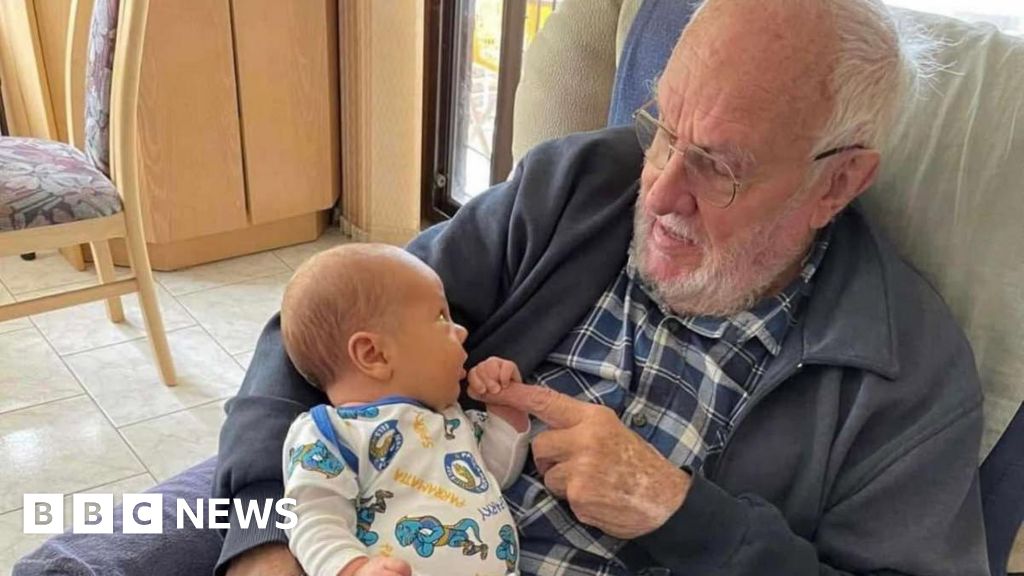Thursday, May 1, 2025 | 2 a.m.
The stoneface look Raiders general manager John Spytek sported while preparing for the NFL Draft in the past few months finally faded. No longer paranoid about giving away any information about the team’s player personnel strategy, Spytek came into his post-draft news conference grinning.
• No. 6 overall (first round): Ashton Jeanty, running back, Boise State
• No. 58 overall (second round): Jack Bech, wide receiver, Texas Christian University
• No. 68 overall (third round): Darien Porter, cornerback, Iowa State
• No. 98 overall (third round): Caleb Rogers, offensive lineman, Texas Tech
• No. 99 overall (third round): Charles Grant, offensive tackle, William and Mary
• No. 108 overall (fourth round): Dont’e Thornton, wide receiver, Tennessee
• No. 135 overall (fourth round): Tonka Hemingway, defensive tackle, South Carolina
• No. 180 overall (sixth round): JJ Pegues, defensive tackle, Ole Miss
• No. 213 overall (sixth round): Tommy Mellott, wide receiver/quarterback, Montana State
• No. 215 overall (sixth round): Cam Miller, quarterback, North Dakota State
• No. 222 overall (seventh round): Cody Lindenberg, linebacker, Minnesota
The 44-year-old admitted to some exhaustion after three days with minimal sleep, but the adrenaline borne out of assembling his first Silver and Black rookie class overpowered it.
“Really an amazing amount of work to get the right 26 new men into the Raiders organization, but you’ve got to do that to find the right ones,” Spytek said. “We’re really confident that we did a great job this week and we’re excited to get these guys here.”
Spytek has every right to feel self-assured after a highly successful debut draft in Las Vegas.
No, that doesn’t mean all 11 of his picks—the Raiders’ biggest draft class in 18 years—and 15 undrafted free agent signings will work out. Despite the popularity of immediate post-draft grades and analysis, it will take years to determine the group’s success on the field.
The only thing that can really be judged right after the draft is a general manager’s process. Spytek’s should get high marks from even the harshest critics.
Las Vegas came into the draft with as many, if not more, needs than any team in the NFL after a 4-13 season and a free agency period where it bled impact defensive starters. The Raiders were desperate for upgrades at offensive line, backfield, wide receiver, interior defensive line, linebacker and cornerback.
They addressed every one of the categories in the draft, most of them with multiple players.
And they did it in part with what’s mathematically the shrewdest strategy to take in the draft—trading down. A 63-page Harvard research project in 2012 found that the optimal drafting approach was not getting fixated on certain players but rather acquiring more picks to maximize chances of hitting on difference-makers in an otherwise highly inexact practice.
The problem is, the work is now gospel in many NFL front offices and it’s become more difficult to execute it. Trading down requires some combination of adept negotiation tactics, quick critical-thinking skills and plain old luck.
Spytek probably had a combination of the three when he twice dealt down during the second day of the draft, acquiring a pair of extra picks.
One thing is for sure: The moves weren’t by accident. The only regret Spytek shared in his final news conference was that he didn’t find a way to trade again on the third and final day.
With a mindset like that, the Raiders are in good hands moving forward.
The Raiders are beefing up their analytical efforts under a new minority ownership group, which includes seven-time Super Bowl winner and Spytek confidant Tom Brady, and the savvy drafting mentality might have been one of the first benefits.
The only choice that seems at odds with a more forward-thinking approach is the Raiders’ first-round pick, running back Ashton Jeanty. Taking a running back that high is a no-no from an analytical perspective, especially for a team with so many other weaknesses elsewhere, including notably in run blocking.
There’s a reason why a running back hadn’t been taken as high as Jeanty at No. 6 since Saquon Barkley went No. 2 to the New York Giants seven years ago.
But there are valid reasons to make an exception for Jeanty, the Heisman Trophy runner-up at Boise State last year. For one, the pick wasn’t a reach like so many other of the Raiders’ first-round skill-position targets over the years.
Several, if not most teams had Jeanty as a top-five player in the draft and reportedly inquired about trading up to pick him, mostly with a Jacksonville Jaguars side that originally held the No. 5 overall selection.
Getting a running back of Jeanty’s caliber was important to new coach Pete Carroll. Spytek himself mentioned multiple times that he prefers building teams from the trenches, but for the Raiders to be at their best the next few years, he and Carroll will need to compromise and merge their philosophies.
Picking Jeanty could have been one of the first examples of their collaboration in motion. Spytek also mentioned third-round cornerback Darien Porter as a Carroll-influenced pick.
The Iowa State product is raw, having only recently moved to the position, but has the size and length Carroll likes to coach at the position.
Spytek also got several of his preferred big, athletic linemen in the draft, including third-round guard/tackle Caleb Rogers, third-round tackle Charles Grant, fourth-round defensive tackle Tonka Hemingway and sixth-round defensive tackle JJ Pegues.
Every player taken isn’t going to turn into a star, or even a starter, but going with the volume approach makes it more likely the Raiders filled some of their holes.
After the 2025 NFL Draft, it’s looking increasingly likely the franchise is in competent hands.
This story appeared in Las Vegas Weekly.
.png)








 English (US) ·
English (US) ·